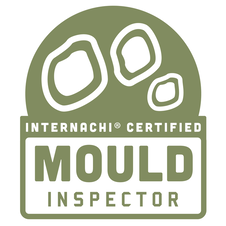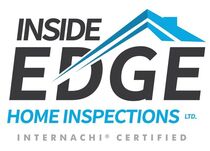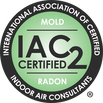Mike's Home Inspector BlogMichael Burfitt |
 One of the biggest concerns I see as a home inspector involve air quality and mould. What exactly is mold and is it dangerous? The most important thing to know is that there is no such thing as “toxic mould” or “black mould”. Mould is a part of the fungi family, to which nobody knows how many species of fungi exist. The most common types of indoor molds are:
The main area of concern for the home inspector are:
So, what is a homeowner to think? This topic is a perfect example of why I am a systematic home inspector and not an “electrical” or “plumbing” or “structural” inspector as these systems are all interdependent in a home. While I could lull you to sleep with my many hours of research, the biggest takeaway is that moisture control is the key to mould control. Did I mention that moisture is the sworn enemy of the home inspector? Here are some steps you can take to keep mould growth at bay:
Moulds are not generally dangerous but any signs of mould (such as black patches on the bathroom ceiling) should be handled as soon as possible. Generally, it is NOT a good idea to use biocides, chlorine, or other disinfectants as this will not eliminate the root cause, and dead mould can still cause respiratory problems. The best course of action is to prevent mould from taking foot by…. you guessed it…. moisture control. You may have noticed some similarities to this article and my first article on radon and that is no coincidence: the strategies for clean air, mould, asbestos, and radon mitigation are largely the same and can be summed up in three points: source control, improved ventilation, and air cleaners. |
Archives
July 2024
Categories
All
|
|
Inside Edge Home Inspections Ltd.
Halifax, NS 902-209-9921 [email protected] Proudly Serving the HRM & Central Nova Scotia |

 RSS Feed
RSS Feed

